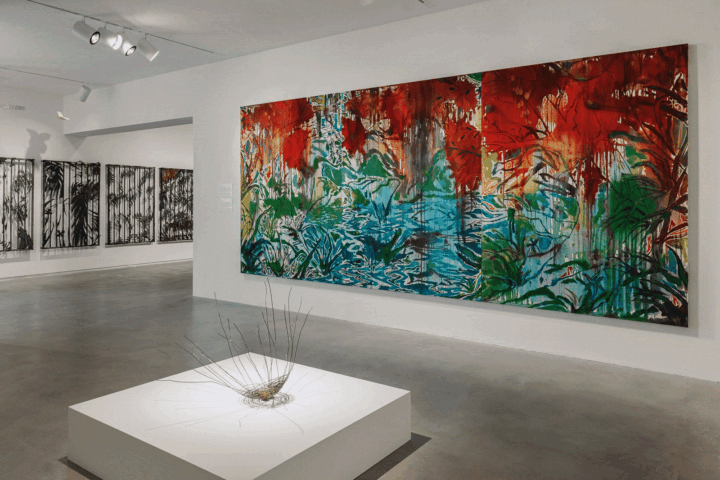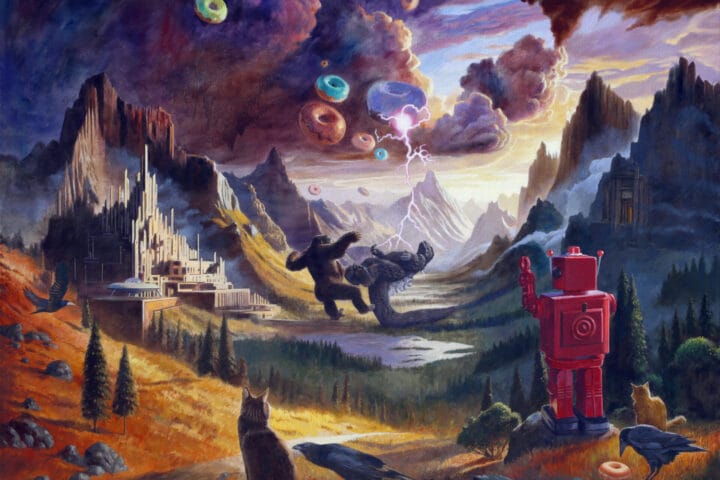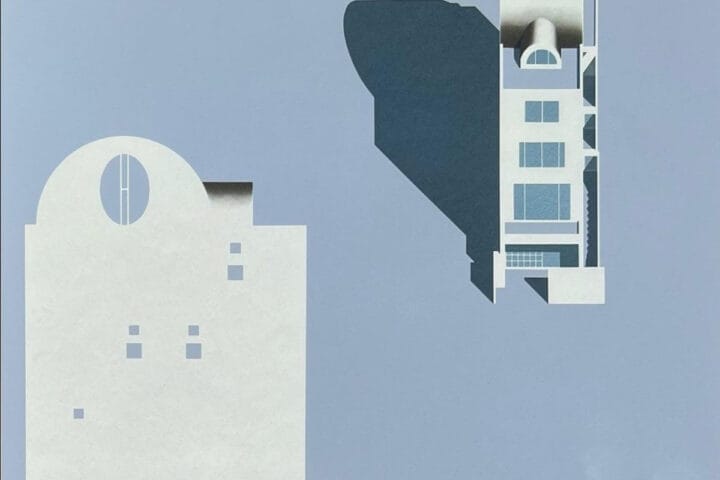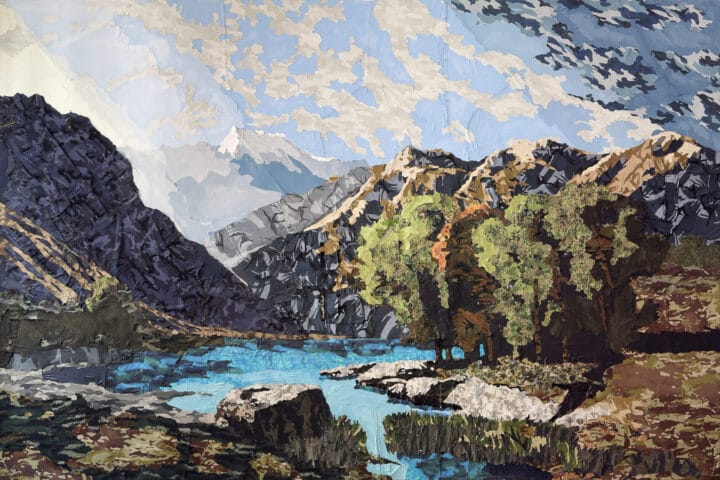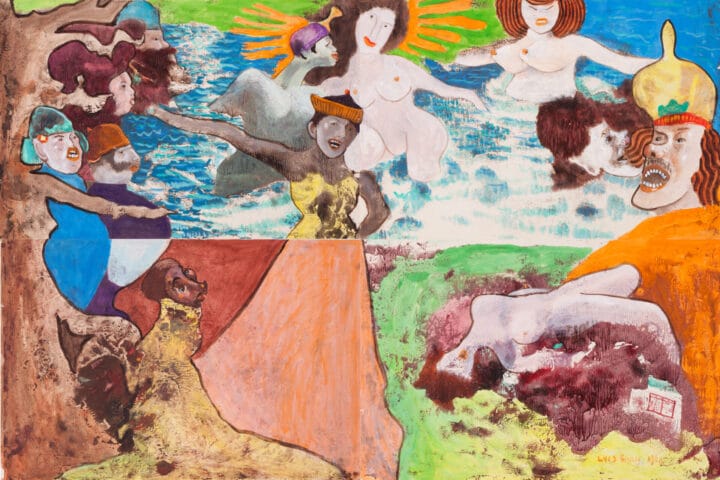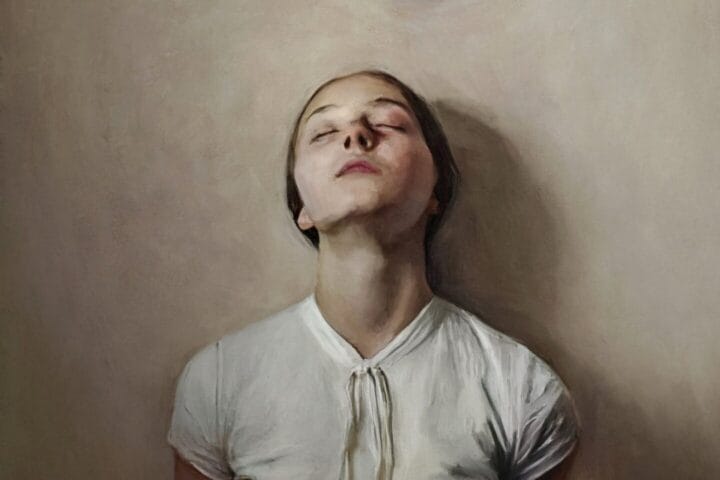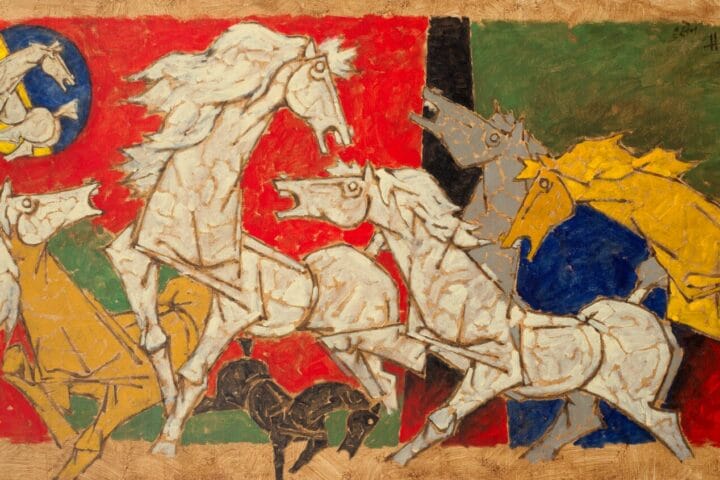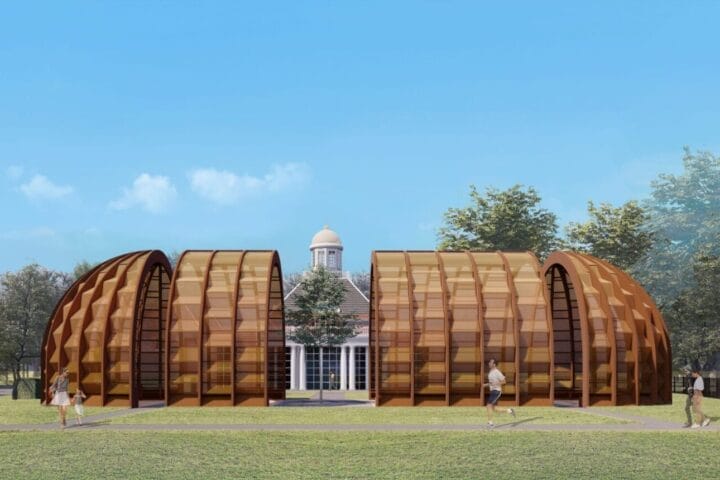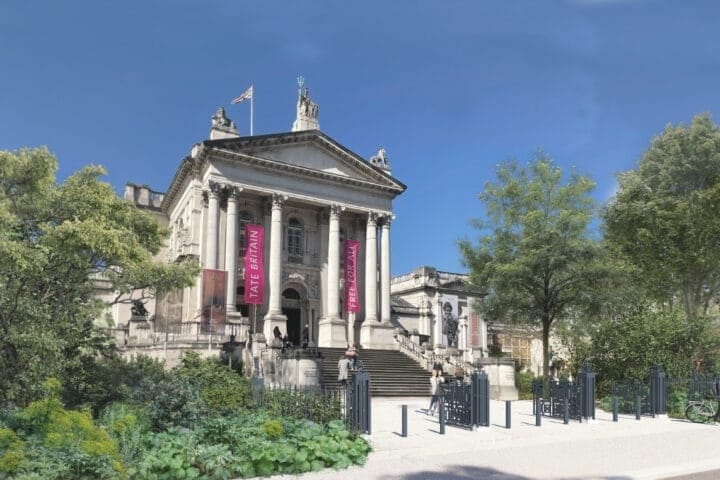Following the success of Atelier Picasso at BASTIAN, the gallery has now extended the show until 12th December 2020 with a re-configuration of the exhibition to be further compliant with government regulations. The extension provides the opportunity to welcome new and returning visitors to engage with the exhibition including some new works which explore Picasso’s prolific investigation into the bull fighting spectacle.
Atelier Picasso delves into Picasso’s life in the south of France and the Cannes studio, bringing together a group of rare and unseen works which originate from Picasso’s printer at the time, Hidalgo Arnéra who was located in Vallauris, the town where Picasso created countless remarkable ceramics and became fascinated with linocut printing.
It was the immediacy of the linocut that particularly intrigued Picasso as he was no longer forced to wait for his etching plates to be transported from his master printer in Paris. During this time he created an array of work centred around the local bullfights and ceramics exhibitions in Valluaris – many of which can be seen in the BASTIAN exhibition.
Included in the updated exhibition will be a selection of four ‘stage proofs’ of the iconic Le Banderillero linocut executed in 1959. This rare quartet exemplifies Picasso’s developing virtuosity with the medium and provides a window into the working and image-making process of the artist. Rejecting the conventional method of one separate linoleum block for each colour, Picasso instead cut a single block before printing a layer, re-cutting the same block and printing in an alternative colour. Here four separate works are brought together to show each stage of the printing process – as the sequence would have been seen in the studio.
Exemplifying this one block technique, Bacchanale avec Chevreau et Spectateur printed in 1959, is perhaps one of the most recognisable compositions from this printmaking era. This experimental proof, made before the final published edition, captures a lively hillside celebration with mystical fauns and satyrs as dancers and musicians in the French hills. Picasso commented, ‘It is strange, in Paris I never draw fauns, centaurs, or mythical heroes… they always seem to live in these parts’.
Continuing to push the experimental nature of the medium and one of his last experiments with linocutting, Etreinte II, 1963 is an example of Picasso’s ‘Linocut rincée’ technique. Just after printing and while still wet and sticky with white ink, the paper would be liberally worked over by Picasso with black Indian ink. He would then take the paper over to his bathtub to ‘rinse’ the sheet with a shower hose slowly washing off some of the black ink – leaving a marbling effect and a final image which flirts on the boundary of printing and drawing. Each impression is therefore completely unique.

